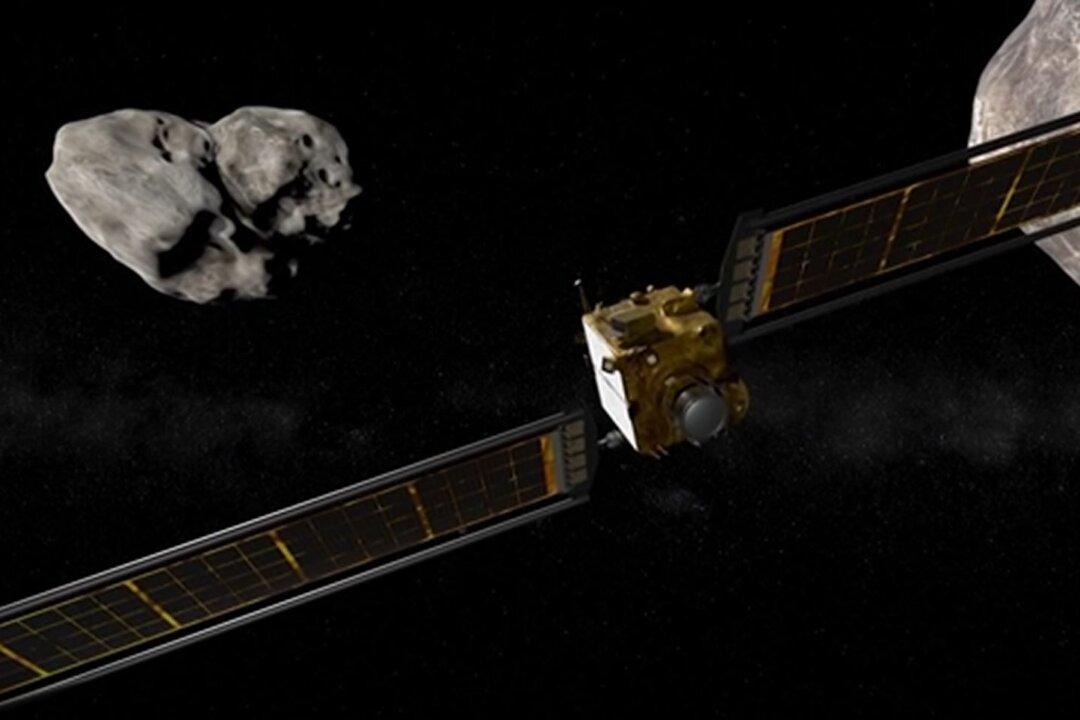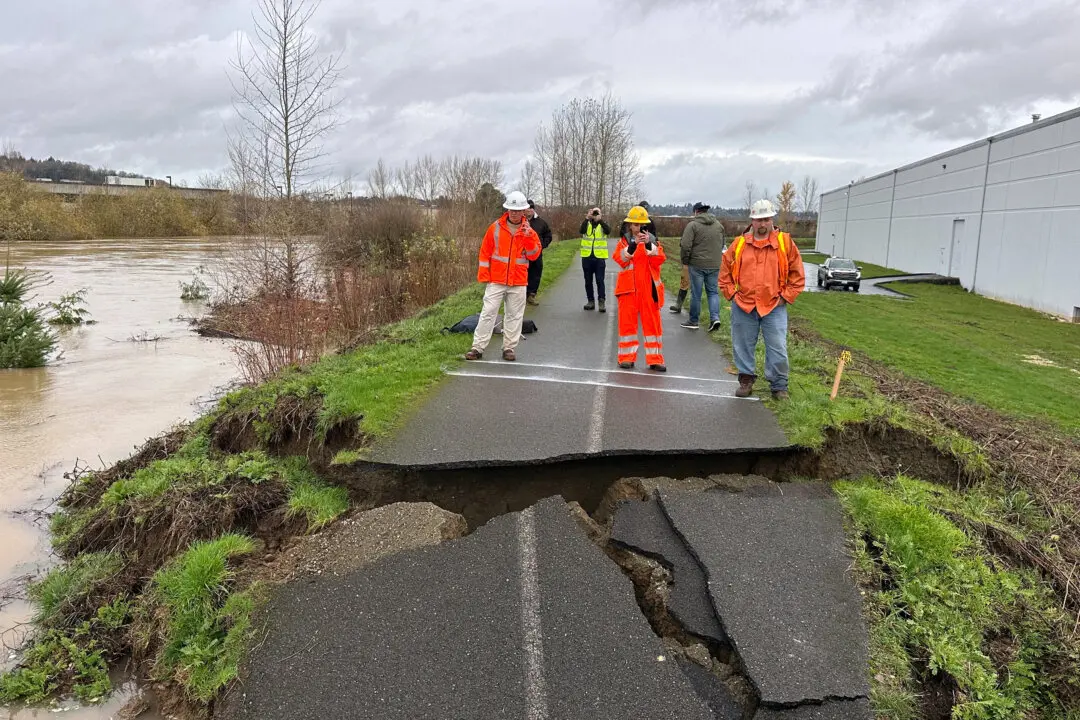It’s the stuff of Hollywood movies, but the threat to Earth by hazardous asteroids is rooted in fact, not fiction.
“We look at the moon, we look at the Earth, we see that it’s full of craters. More on the Moon than on the Earth, which is, of course, telling us that impacts of small bodies on Earth on geologic time scales are normal,” says Thomas Zurbuchen, associate administrator for science at NASA.





